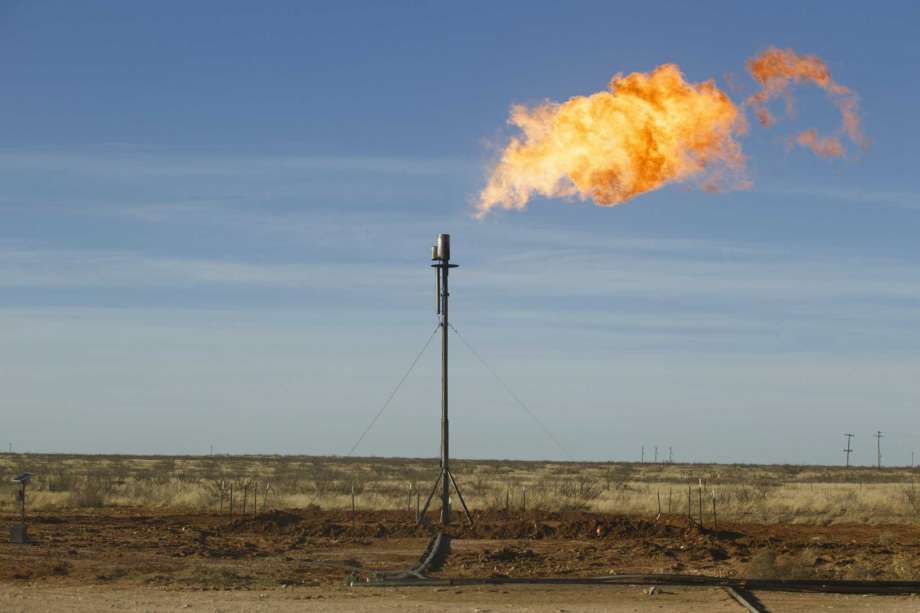In a report released this aftenoon, Railroad Commissioner Ryan Sitton is expected rank oil companies based on the amount of flaring they do.

Source: Houston Chronicle
The 13-page report is expected to show how the industry practice of flaring, or burning surplus natural gas from oil wells, has reached volumes not seen in Texas in 70 years, when an oil boom outpaced pipeline construction and companies reported burning off a record 815 million cubic feet of natural gas per day in 1953.
Without enough pipelines to move natural gas to market and thousands of oil wells producing the byproduct in the Permian Basin and elsewhere around the state, oil companies burned an estimated 650 million cubic feet of natural gas per day in 2018, more than double the 268 million burned a year earlier.
“Everybody talks about flaring levels being higher for the past couple of years, but just using total flaring volume is a pretty poor data point,” Sitton said. “The insight into what these numbers actually mean and what they tell us takes a unique skill set.”
Taking publicly available data on the agency’s website, Sitton compared the amount of natural gas a company flared to the amount of crude oil the company produced from November 2018 to October 2019 to create the flaring index. That index, he said, can be used to measure how well companies and the state are performing with regards to flaring.
With an average of nearly 23.4 million cubic feet of natural gas burned per day during that one-year period, Irving oil major Exxon Mobil led all others in the amount of gas burned off. But Exxon produced more than 181,000 barrels of crude oil per day in the same time, giving the company a relatively low flaring index score of 0.13 in Sitton’s report.
Exxon Mobil’s score was much lower than the 2.93 received by Oklahoma City-based Continental Trend Resources, which produced 62 barrels of crude per day from its wells in the Texas Panhandle and burned off 181,000 cubic feet of natural gas per day.
Irving-based Pioneer Natural Resources is considered to be the top oil producer in Texas, producing more than 360,000 barrels of crude per day. With the company’s wells flaring 7.7 million cubic feet of natural gas per day, Pioneer received a 0.02 flaring index score. As a general practice, Pioneer does not put an oil well into production until natural gas gathering pipelines are in place.
As a whole, Texas flared 410 million cubic feet of natural per day during the one-year period of Sitton’s report and produced an average of 4.4 million barrels of crude oil per day, meaning that the entire state had an index score of 0.09, lower than other oil-producing states such as North Dakota and oil-producing nations such as Iran, Iraq and Russia.
“I’m not putting the spotlight on anybody, this is all publicly available data,” Sitton said.
Sitton is releasing the report independently of the agency and his two fellow commissioners on the Railroad Commission of Texas, the state agency that regulates the oil and natural gas industry. That move, he said, was done to sidestep the politics of his fellow commissioners, release the data to the public and begin a fact-based public debate on how to handle the issue.
Up for re-election this year to a six-year term, the Friendswood Republican faces one challenger in the Republican primary. Four Democrats, two Libertarian Party candidates and a Green Party candidate also are making a run at Sitton’s seat. Some of those candidates say the release of the report was timed to boost Sitton’s election effort.
“I started this analysis five or six months ago, before any of those candidates filed for office, so that’s a pretty weak political claim,” Sitton said. “But I’m not surprised; that’s what weak political candidates do.”
Click to access and download the report and underlying data.

